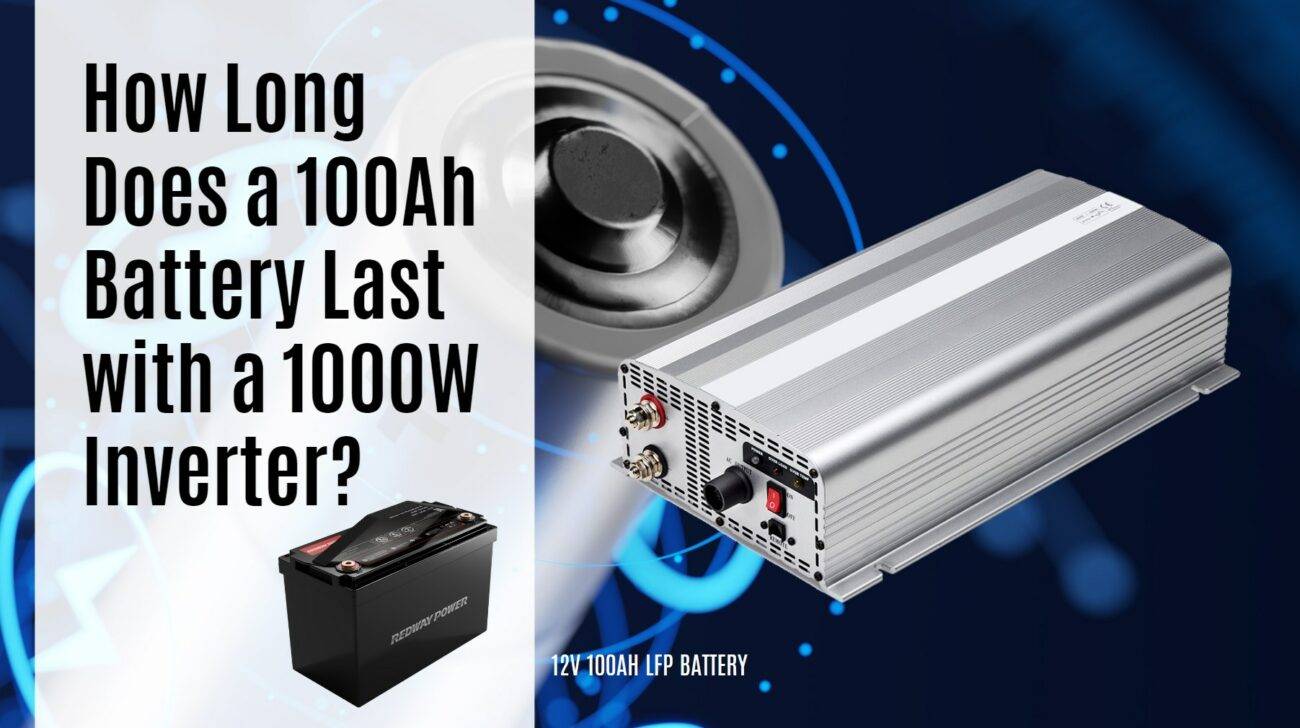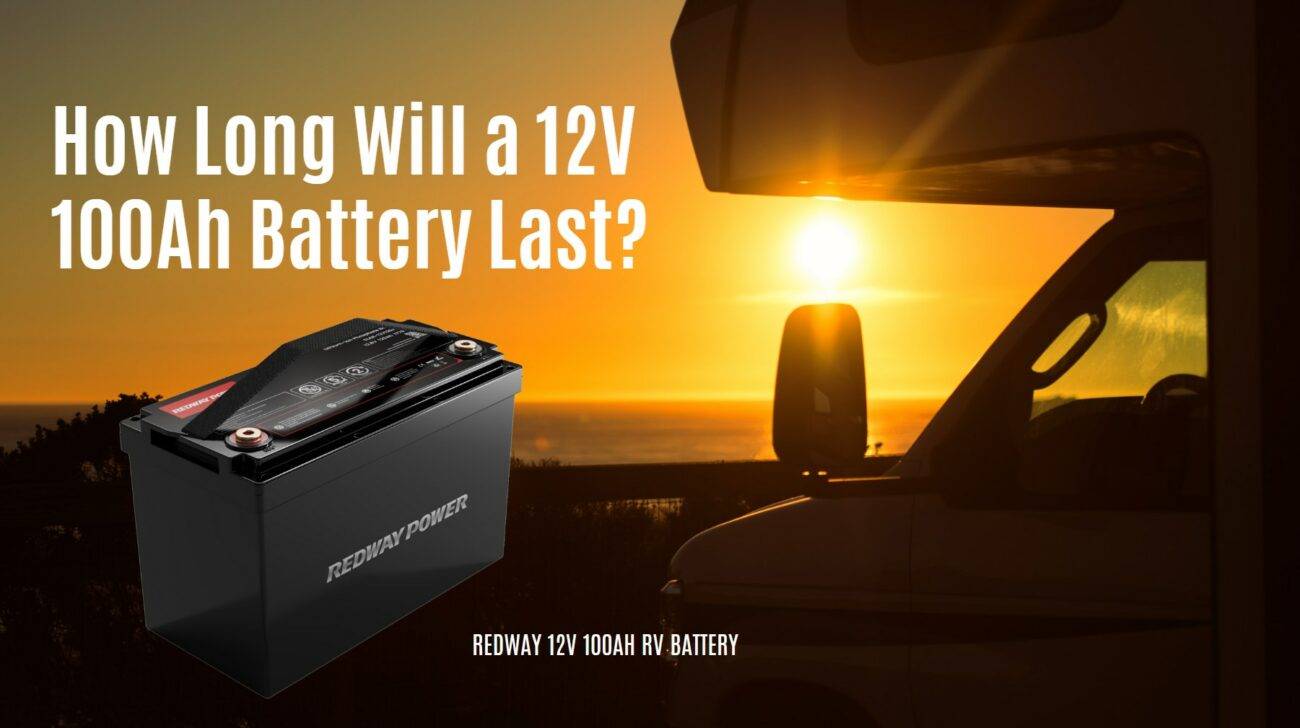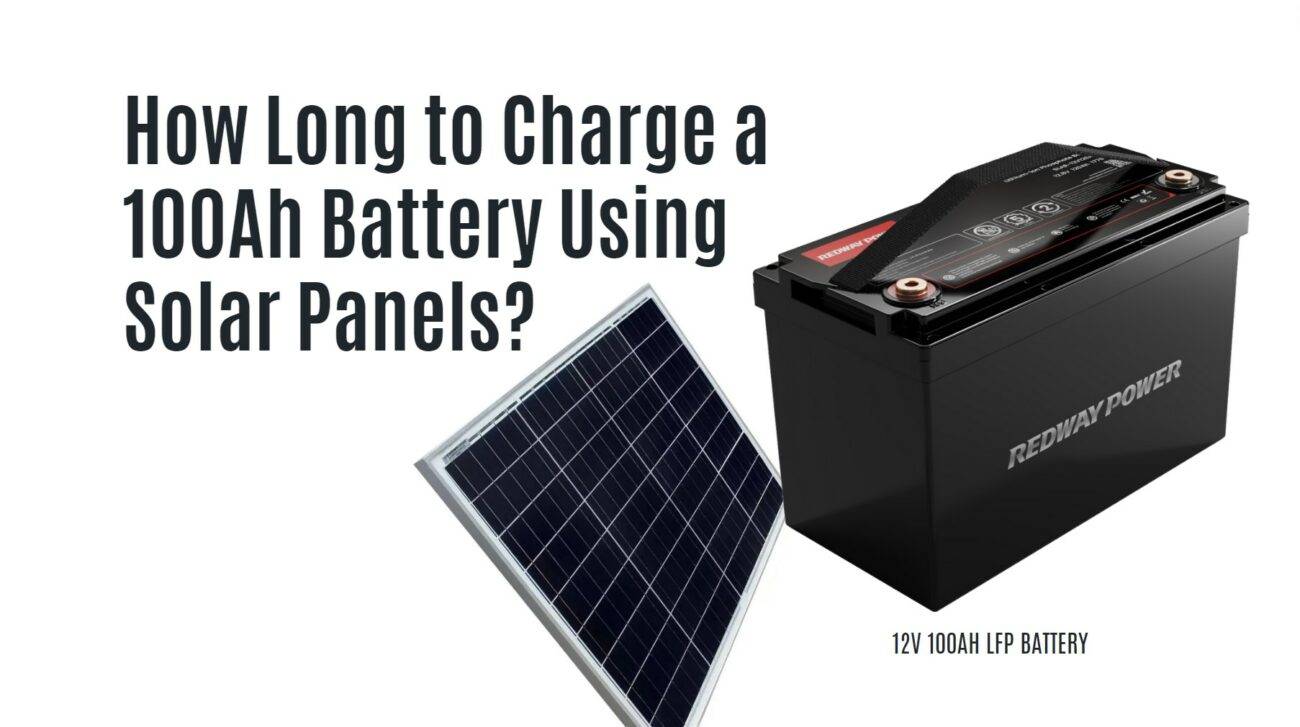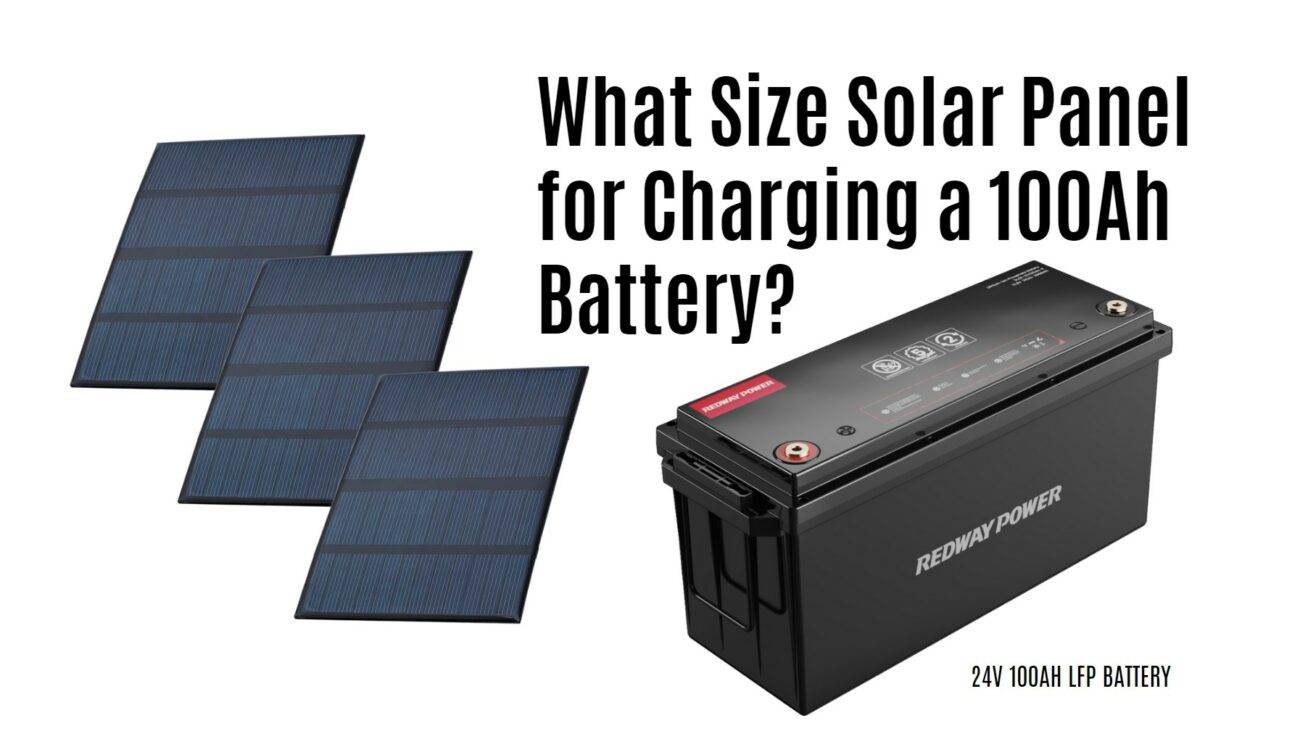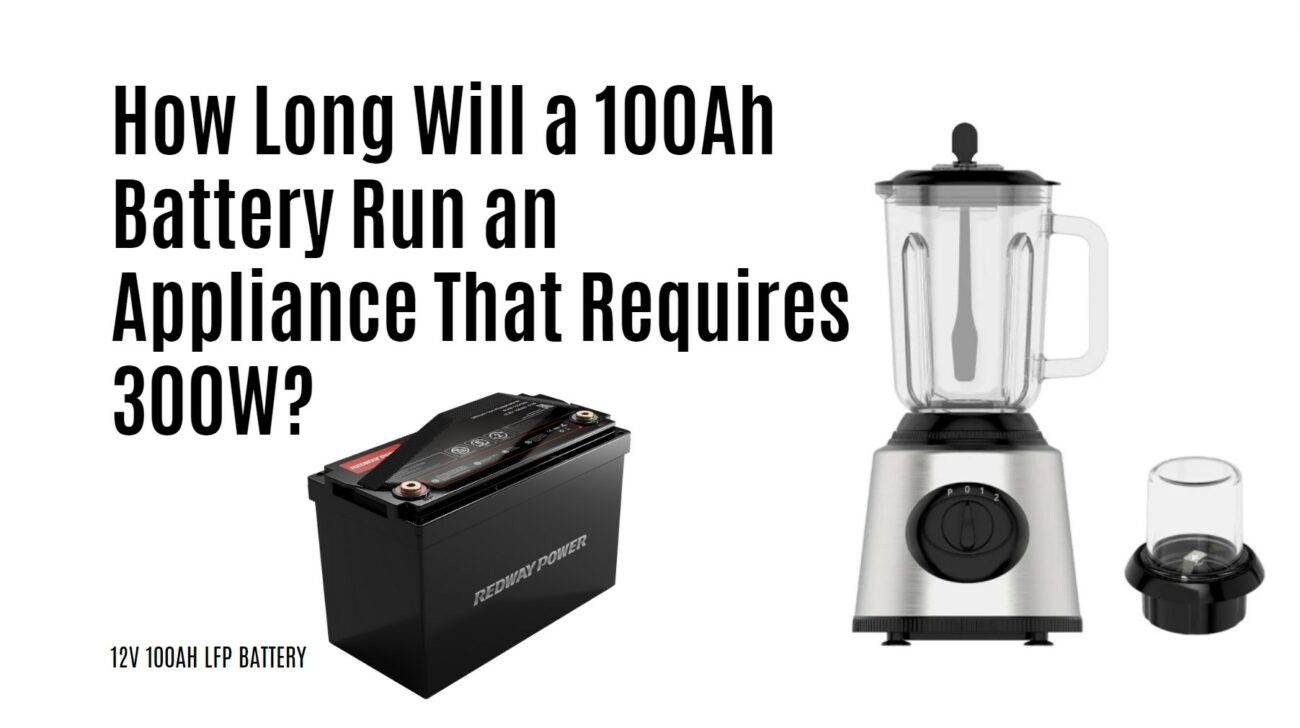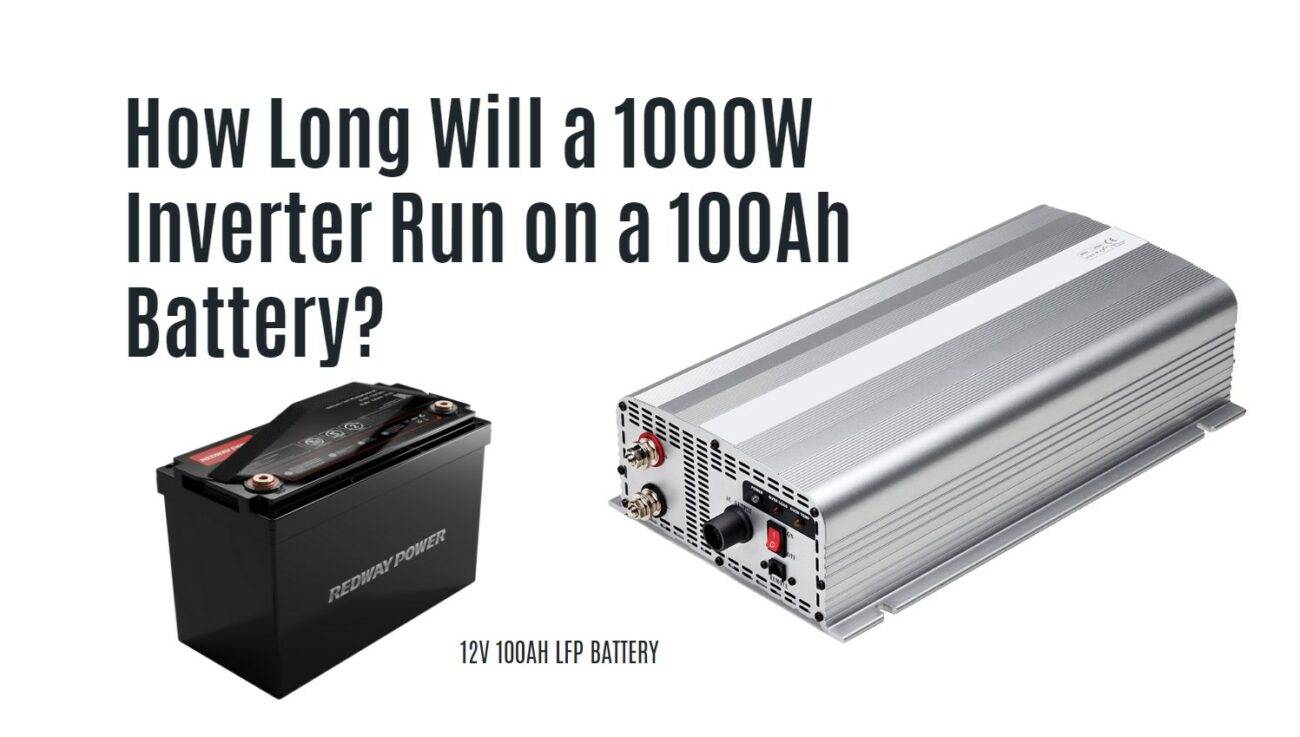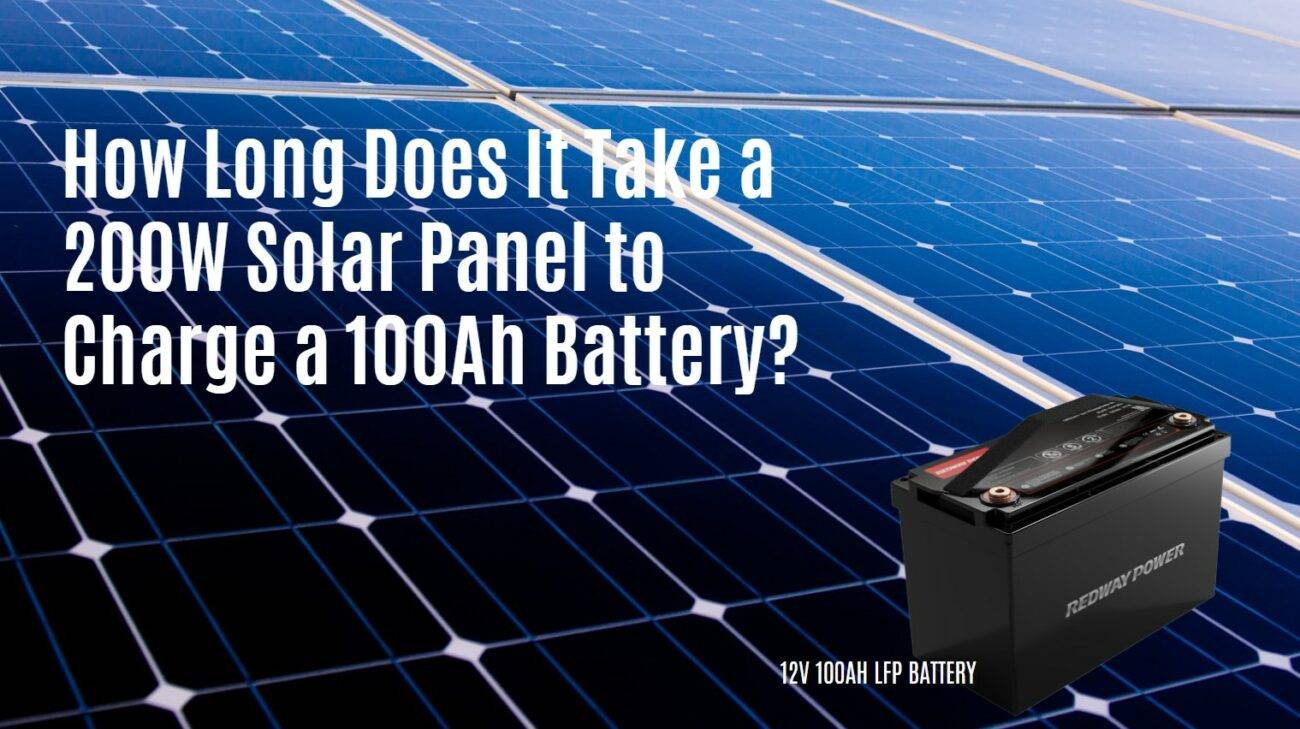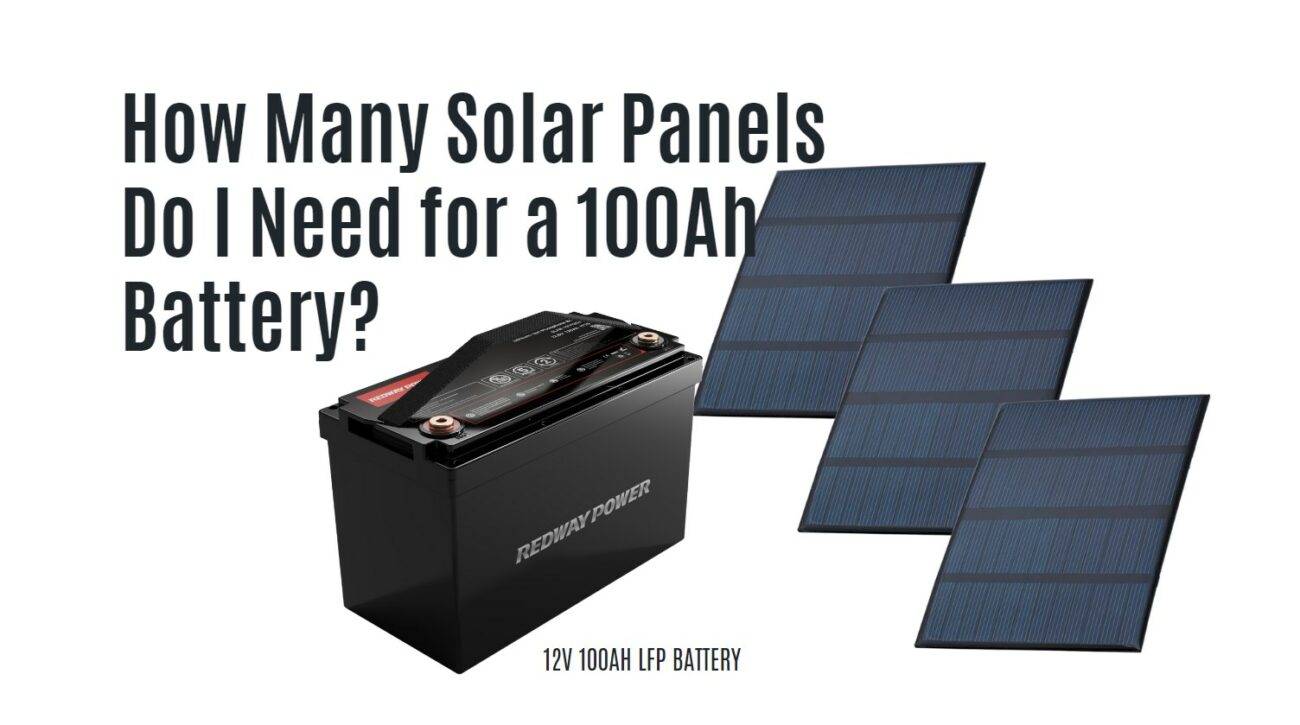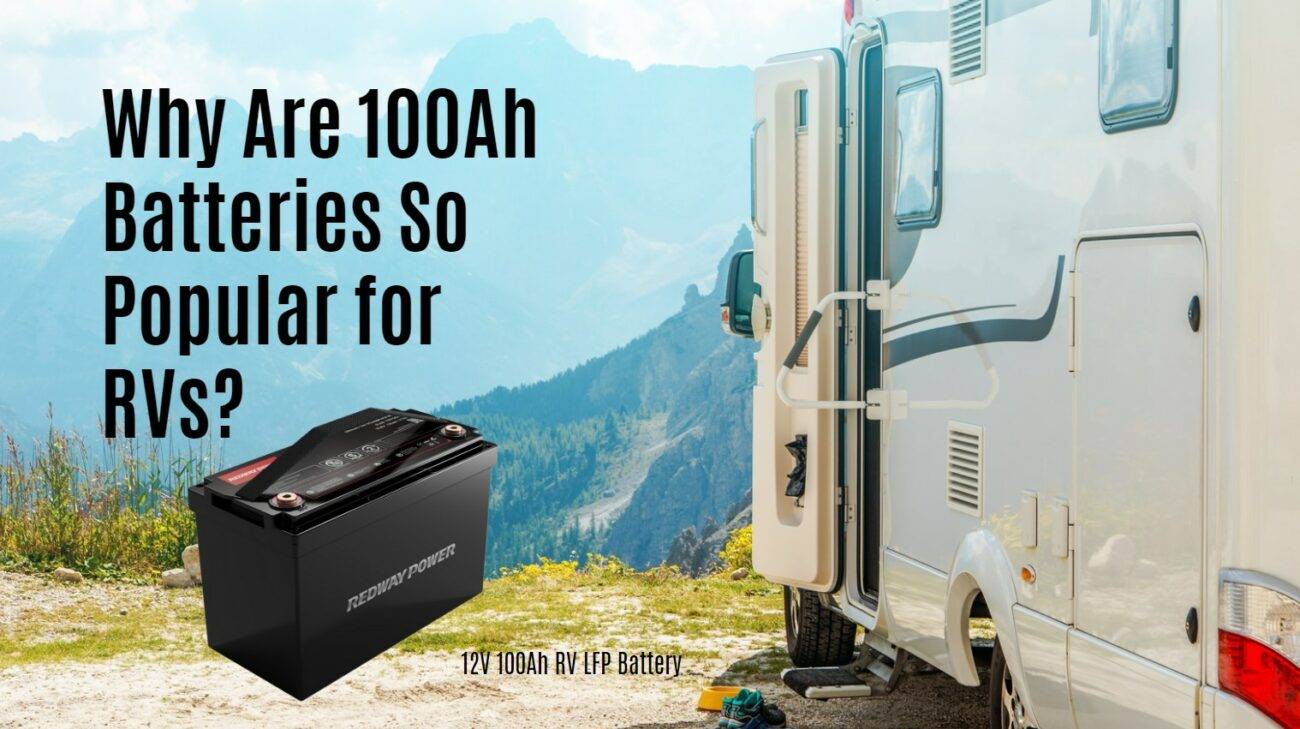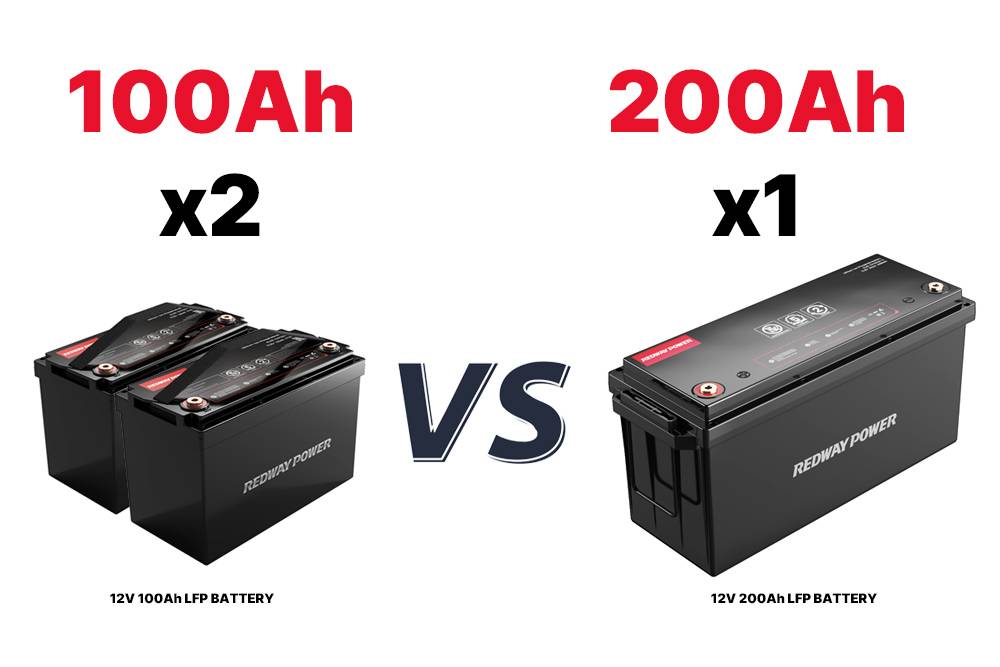- Forklift Lithium Battery
-
48V
- 48V 210Ah
- 48V 300Ah
- 48V 420Ah (949 x 349 x 569 mm)
- 48V 420Ah (950 x 421 x 450 mm)
- 48V 456Ah
- 48V 460Ah (830 x 630 x 590 mm)
- 48V 460Ah (950 x 421 x 450 mm)
- 48V 460Ah (800 x 630 x 600 mm)
- 48V 460Ah (820 x 660 x 470 mm)
- 48V 500Ah
- 48V 560Ah (810 x 630 x 600 mm)
- 48V 560Ah (950 x 592 x 450 mm)
- 48V 600Ah
- 48V 630Ah
-
48V
- Lithium Golf Cart Battery
- 12V Lithium Battery
12V 150Ah Lithium RV Battery
Bluetooth App | BCI Group 31
LiFePO4 Lithium
Discharge Temperature -20°C ~ 65°C
Fast Charger 14.6V 50A
Solar MPPT Charging - 24V Lithium Battery
- 36V Lithium Battery
- 48V Lithium Battery
-
48V LiFePO4 Battery
- 48V 50Ah
- 48V 50Ah (for Golf Carts)
- 48V 60Ah (8D)
- 48V 100Ah (8D)
- 48V 100Ah
- 48V 100Ah (Discharge 100A for Golf Carts)
- 48V 100Ah (Discharge 150A for Golf Carts)
- 48V 100Ah (Discharge 200A for Golf Carts)
- 48V 150Ah (for Golf Carts)
- 48V 160Ah (Discharge 100A for Golf Carts)
- 48V 160Ah (Discharge 160A for Golf Carts)
-
48V LiFePO4 Battery
- 60V Lithium Battery
-
60V LiFePO4 Battery
- 60V 20Ah
- 60V 30Ah
- 60V 50Ah
- 60V 50Ah (Small Size / Side Terminal)
- 60V 100Ah (for Electric Motocycle, Electric Scooter, LSV, AGV)
- 60V 100Ah (for Forklift, AGV, Electric Scooter, Sweeper)
- 60V 150Ah (E-Motocycle / E-Scooter / E-Tricycle / Tour LSV)
- 60V 200Ah (for Forklift, AGV, Electric Scooter, Sweeper)
-
60V LiFePO4 Battery
- 72V~96V Lithium Battery
- Rack-mounted Lithium Battery
- E-Bike Battery
- All-in-One Home-ESS
- Wall-mount Battery ESS
-
Home-ESS Lithium Battery PowerWall
- 24V 100Ah 2.4kWh PW24100-S PowerWall
- 48V 50Ah 2.4kWh PW4850-S PowerWall
- 48V 50Ah 2.56kWh PW5150-S PowerWall
- 48V 100Ah 5.12kWh PW51100-F PowerWall (IP65)
- 48V 100Ah 5.12kWh PW51100-S PowerWall
- 48V 100Ah 5.12kWh PW51100-H PowerWall
- 48V 200Ah 10kWh PW51200-H PowerWall
- 48V 300Ah 15kWh PW51300-H PowerWall
PowerWall 51.2V 100Ah LiFePO4 Lithium Battery
Highly popular in Asia and Eastern Europe.
CE Certification | Home-ESS -
Home-ESS Lithium Battery PowerWall
- Portable Power Stations
What Are the Differences Between 100Ah AGM and 100Ah Lithium Batteries?
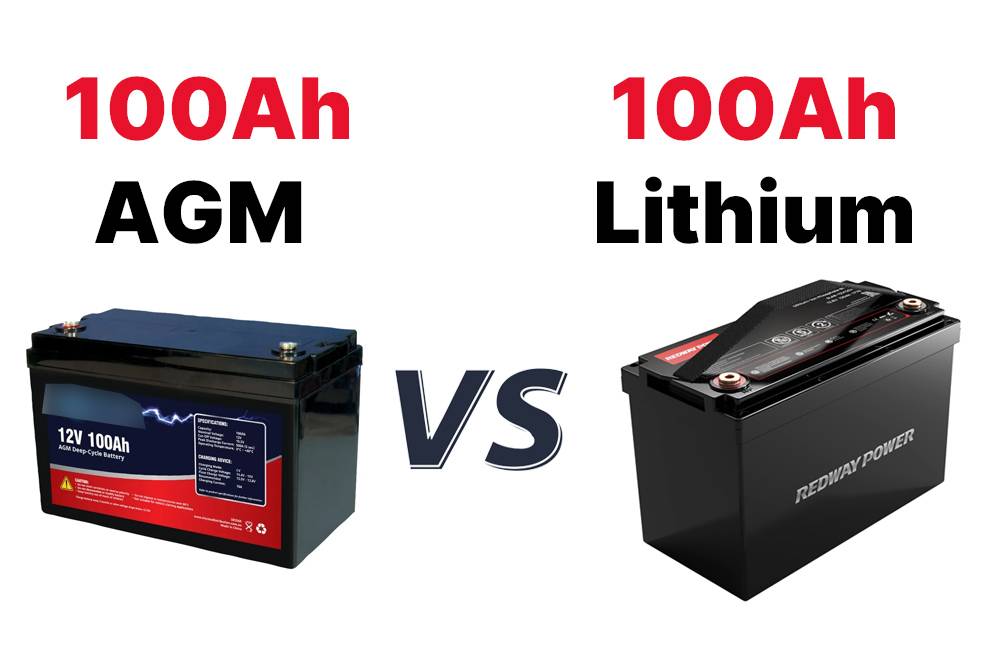
AGM (Absorbent Glass Mat) and lithium batteries are popular choices for RVs, boats, and renewable energy systems. While both types offer advantages, they differ significantly in lifespan, charging characteristics, weight, cost, and performance in extreme conditions. Understanding these differences is crucial for selecting the right battery for your needs.
What Are AGM Batteries?
AGM batteries are a type of lead-acid battery that uses a fiberglass mat to absorb and immobilize the electrolyte. This design makes them spill-proof and resistant to vibration, which is ideal for applications like RVs and marine use. AGM batteries require minimal maintenance and can deliver high current for starting engines.
Chart: Key Features of AGM Batteries
| Feature | Description |
|---|---|
| Design | Sealed, non-spillable |
| Maintenance | Minimal; no need to check electrolyte levels |
| Lifespan | 3-5 years |
| Depth of Discharge | Typically 50% recommended |
| Weight | Heavier than lithium |
What Are Lithium Batteries?
Lithium batteries, specifically lithium iron phosphate (LiFePO4), are advanced battery technologies known for their high energy density, long lifespan, and fast charging capabilities. They are increasingly popular for off-grid applications due to their lightweight nature and efficiency.
Chart: Key Features of Lithium Batteries
| Feature | Description |
|---|---|
| Design | Lightweight, compact |
| Maintenance | Very low; no watering required |
| Lifespan | 10+ years |
| Depth of Discharge | Up to 80% |
| Weight | Lighter than AGM |
How Do AGM and Lithium Batteries Compare in Lifespan?
Lifespan is a significant factor when choosing between AGM and lithium batteries:
- AGM Batteries: Typically last 3-5 years with proper care.
- Lithium Batteries: Can last over 10 years, making them a more cost-effective option over time despite a higher initial investment.
Chart: Lifespan Comparison
| Battery Type | Average Lifespan (Years) |
|---|---|
| AGM | 3-5 |
| Lithium | 10+ |
What Are the Charging Characteristics of AGM and Lithium Batteries?
Charging characteristics differ markedly between the two:
- AGM Batteries: Require a specific charging profile with a bulk charge voltage typically around 14.7V. They charge more slowly than lithium batteries.
- Lithium Batteries: Charge rapidly, often reaching full capacity within 2-4 hours. They can handle higher charge rates without damage.
Chart: Charging Characteristics
| Battery Type | Charging Time | Bulk Charge Voltage |
|---|---|---|
| AGM | 6-8 hours | 14.7V |
| Lithium | 2-4 hours | 14.6V – 14.8V |
How Do AGM and Lithium Batteries Differ in Weight and Size?
Weight and size can impact installation and performance:
- AGM Batteries: Generally heavier due to lead content; a 100Ah AGM battery may weigh around 60 lbs (27 kg).
- Lithium Batteries: Much lighter; a 100Ah lithium battery typically weighs about 30 lbs (14 kg), making them easier to handle.
Chart: Weight Comparison
| Battery Type | Weight (Approx.) |
|---|---|
| AGM | 60 lbs (27 kg) |
| Lithium | 30 lbs (14 kg) |
What Are the Cost Considerations for AGM vs. Lithium Batteries?
Cost is an important factor in battery selection:
- AGM Batteries: Generally lower upfront costs, typically ranging from $200 to $300 for a 100Ah battery.
- Lithium Batteries: Higher initial costs, usually between $800 to $1,200, but offer better long-term value due to their longer lifespan.
Chart: Cost Comparison
| Battery Type | Average Cost (Approx.) |
|---|---|
| AGM | $200 – $300 |
| Lithium | $800 – $1,200 |
How Do AGM and Lithium Batteries Perform in Extreme Temperatures?
Temperature performance varies:
- AGM Batteries: Can operate in colder temperatures but may experience reduced capacity below freezing.
- Lithium Batteries: Generally perform well in cold conditions but may also see a decrease in efficiency at very low temperatures.
Chart: Temperature Performance
| Battery Type | Cold Temperature Performance |
|---|---|
| AGM | Moderate; some capacity loss |
| Lithium | Good; some efficiency loss |
Industrial News
The battery industry is witnessing rapid advancements, particularly with lithium technology gaining traction due to its efficiency and longevity. Manufacturers are focusing on enhancing recycling processes and reducing costs associated with lithium extraction. As demand for renewable energy solutions rises, both AGM and lithium batteries are evolving to meet diverse consumer needs.
Redway Power Views
“Choosing between AGM and lithium batteries depends on your specific application requirements,” says Mark Johnson from Redway Power. “While lithium offers superior longevity and weight savings, AGM remains a reliable choice for many traditional applications due to its affordability.”
FAQ
Q: Can I replace my AGM battery with a lithium battery directly?
A: Yes, but ensure your charging system is compatible with lithium technology.Q: How often should I charge my AGM battery?
A: Charge your AGM battery regularly but avoid deep discharges to prolong its lifespan.Q: What is the best choice for an RV?
A: If you need lightweight power with less maintenance, choose lithium; if budget constraints are paramount, consider AGM.














